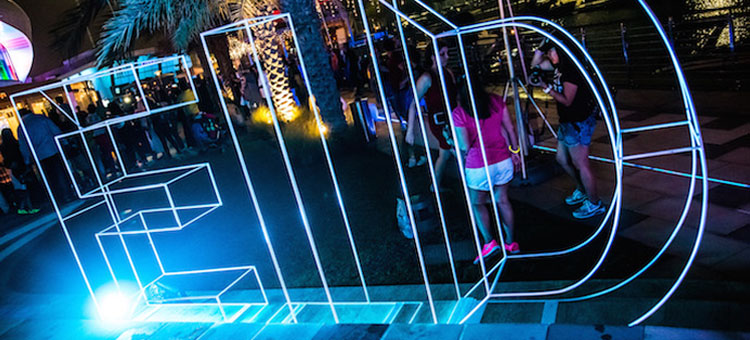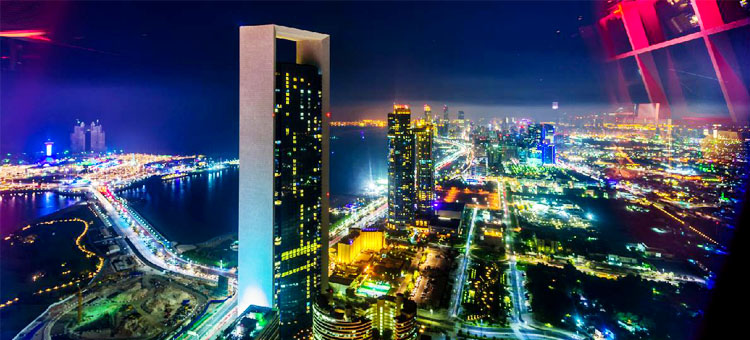Abu Dhabi: The Department of Culture and Tourism – Abu Dhabi (DCT Abu Dhabi) announced that hotel occupancy rates in Abu Dhabi during Eid Al Adha 2018 averaged 81 per cent across the four days from August 21 (the start of Eid) to August 24.
This represented an impressive six percentage point increase compared to the average occupancy figure of 75 per cent during Eid Al Adha in 2017, further underlining the Emirate’s strong appeal as a destination of distinction for family leisure and entertainment.
The highest occupancy rate (87 per cent) was recorded on the second day of Eid. This exceptional holiday period saw a surge in visitors from both the UAE and further afield, with Emiratis, Saudis, Indians, British and Americans making up 55 per cent of total visitors.
On the numbers, Saif Saeed Ghobash, Undersecretary, DCT Abu Dhabi, said: “Once again, Abu Dhabi demonstrated its position as a leading tourism destination for visitors from the region and beyond. We are making strong progress in achieving our forecast guest arrival growth for the year. Eid Al Adha provided further impetus as the capital welcomed a record-breaking number of visitors, with many of our leading hotels achieving near full occupancy with tourists choosing Abu Dhabi as the place to spend their holiday.”
In terms of occupancy rate by star rating, the highest was achieved by 4-star hotels (88 per cent). Compared to Eid Al Adha 2017, 5-star and 4-star hotels experienced a significant increase in occupancy rate. Occupancy across 5-star hotels increased by 9 percent while 4-star hotels reported an increase of 8 percent.
“Our diverse portfolio of attractions, the recently opened Warner Bros. World Abu Dhabi in particular, Abu Dhabi Summer Season, our ever-growing year-round programme of events, and our established credentials as a tourist and leisure destination provides us with persuasive reasons for travellers to choose the Emirate as a ‘must-visit’ year-round location,” Ghobash said.
During these four days, the leading nationalities welcomed by the capital included Saudis (9 per cent), Indians (8per cent), British (8 per cent), and Americans (4per cent) in addition to other international visitors.






